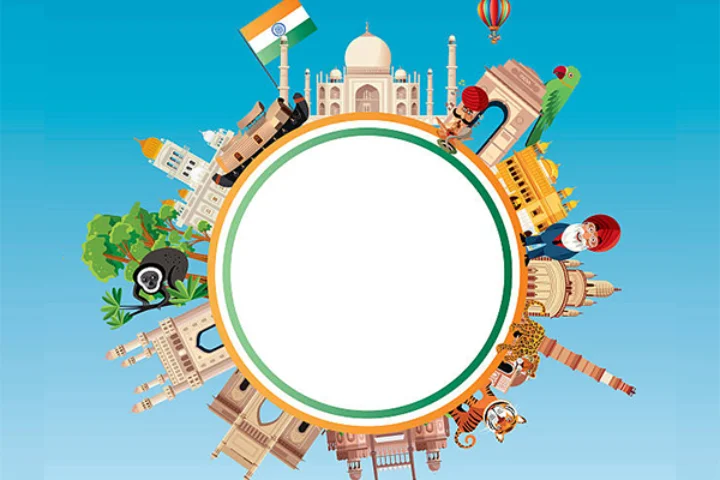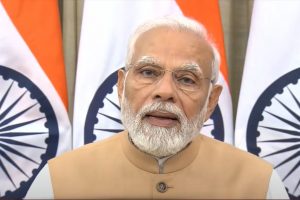The travel and tourism market in India is set to generate a revenue of USD 23.72 billion in 2024, with a projected annual growth rate (CAGR 2024-2028) of 9.62 per cent, according to projections by the India Brand Equity Foundation (IBEF).
This growth trajectory is expected to propel the market volume to USD 34.25 billion by 2028.
As per Invest India, India announced 100 per cent Foreign Direct Investment (FDI) in tourism-related ventures, including the development of hotels, resorts, and recreational facilities, in a move aimed at fostering growth and development in the tourism sector as of 2023.
Prime Minister Narendra Modi has been asserting that India’s efforts in the tourism sector are centered on preserving its rich heritage while at the same time creating a world-class infrastructure for tourism.
The total FDI inflows in India for the fiscal year 2023-2024 stand at a USD 17.96 billion, with USD 11.54 billion attributed to FDI equity.
This announcement comes as the nation charts a course towards bolstering its tourism industry, positioning it as a major contributor to economic growth and job creation.
The tourism landscape in India is diverse, with the package holidays market emerging as the largest segment, projected to reach a market volume of USD 10.48 billion in 2024.
By 2028, the number of users in the package holidays market is expected to soar to 64.74 million, with a user penetration rate increasing from 7.8 per cent in 2024 to 10.0 per cent in 2028.
The average revenue per user (ARPU) in this segment is forecasted to be USD 209.70 by 2028, with online sales expected to contribute 60 per cent of the total revenue in the travel and tourism market in India.
In alignment with global trends, India’s tourism industry is undergoing a transformation, with a focus on promoting sustainable and eco-friendly travel options to attract travelers.
The sector is poised to make significant contributions to the country’s GDP, with projections indicating that it will contribute USD 250 billion by 2030, generating employment for 137 million individuals.
In a recent development on March 7, Prime Minister Narendra Modi dedicated and launched 52 tourism sector projects worth more than Rs 1400 crores under the Swadesh Darshan and PRASHAD Scheme.
These projects encompass various aspects of tourism infrastructure development, including pilgrimage sites, heritage destinations, and recreational facilities, with a focus on enhancing visitor experiences and promoting local communities’ participation in tourism initiatives.
During the event, Prime Minister Modi also unveiled visionary campaigns and schemes aimed at fostering growth in the tourism sector, including the ‘Dekho Apna Desh People’s Choice 2024’ and ‘Chalo India Global Diaspora Campaign.’
These initiatives seek to engage citizens and the Indian diaspora in promoting tourism and showcasing India’s rich cultural heritage and diverse attractions.
The revamped Swadesh Darshan 2.0 Scheme underscores the government’s commitment to integrated destination development and community engagement in tourism projects.
With India’s tourism industry poised for exponential growth, driven by factors such as world-class infrastructure development, evolving technology landscape, and rising disposable incomes, the nation is poised to emerge as a leading global tourism destination.
Through strategic partnerships, innovative campaigns, and concerted efforts towards sustainable tourism, India is set to unlock its vast potential and position itself as a premier destination for travelers worldwide.




















